MPI plan ready to charm the pants off FDI players
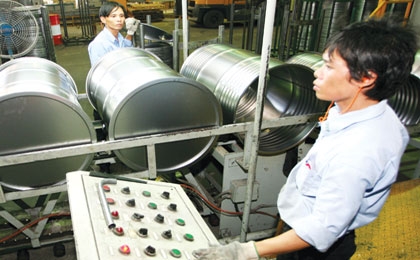
Vietnam’s lacklustre FDI plan is set for a revamp
According to the Ministry of Planning and Investment (MPI), the strategy would assess the current situation of foreign direct investment (FDI) on the ground during the past 25 years. Given the assessment, the MPI will draw up a comprehensive strategy to improve the investment climate, state management and quality of FDI in the country from now to 2020.
“There have been lots of changes in the world in recent years. In addition, our economy is different from it used to be some years ago so that we need new strategy and targets in FDI attraction,” said Dao Quang Thu, MPI’s Deputy Minister.
One of the most important points in the strategy is reducing labour-intensive FDI projects with low technology, while increasing FDI in low-carbon sectors, R&D projects, agriculture and service sectors. More importantly, foreign invested enterprises must have linkage with domestic suppliers to boost local industrial manufacturing.
“We have to limit FDI in labour and energy intensive sectors and FDI projects with low technology,” said Do Nhat Hoang, director of the MPI’s Foreign Investment Agency. But this is the first time this FDI strategy has been prepared with specific and comprehensive targets and measures.
Hoang said the new strategy could lead a decline in FDI commitments to Vietnam in the short-term because many foreign investors would relocate their labour and energy intensive projects to other countries like Cambodia and Myanmar.
“What we’ve got from this strategy is to attract FDI in hi-tech sector and huge capital,” said Hoang, adding that there would changes in incentives and management policies.
By the end of August 2012, foreign investors committed to invest around $200 billion in Vietnam. According to the MPI, foreign invested enterprises have significantly contributed to the economic growth, created jobs and develop manufacturing industry in the country.
However, the impact of FDI on Vietnam’s industry development is at low level as a high proportion of foreign invested enterprises are operating in low-tech manufacturing industries, FIA said.
According to the United Nations Industrial Development Organization’s report, about 40 per cent of foreign invested enterprises in Vietnam operate in low-tech industries, almost 25 per cent in medium-tech and almost 30 per cent in high-tech manufacturing industries.
“Technology transfer may be limited as foreign investors have not invested much in high value-added sectors,” said the report.
What the stars mean:
★ Poor ★ ★ Promising ★★★ Good ★★★★ Very good ★★★★★ Exceptional
Related Contents
Latest News
More News
- VIR sustainable development conference opens in Hanoi (November 12, 2024 | 09:42)
- Taking the lead in dual transition for a greener Vietnam (November 11, 2024 | 17:00)
- Vietnamese consumers careful amid economic volatility (November 11, 2024 | 13:55)
- Quality must come first in chip mission (November 11, 2024 | 10:33)
- Vietnam's digital economy estimated to reach $36 billion in 2024 (November 07, 2024 | 13:52)
- Authorities looks to tackle influx of cheap foreign goods (November 07, 2024 | 10:44)
- Trump claims 'magnificent' victory over Harris (November 06, 2024 | 16:55)
- Trump on verge of victory over Harris (November 06, 2024 | 14:26)
- Hanoi unveils innovative tourism event to celebrate cultural heritage (November 06, 2024 | 13:36)
- FDI hits over $27 billion in first 10 months (November 06, 2024 | 13:24)




 Tag:
Tag: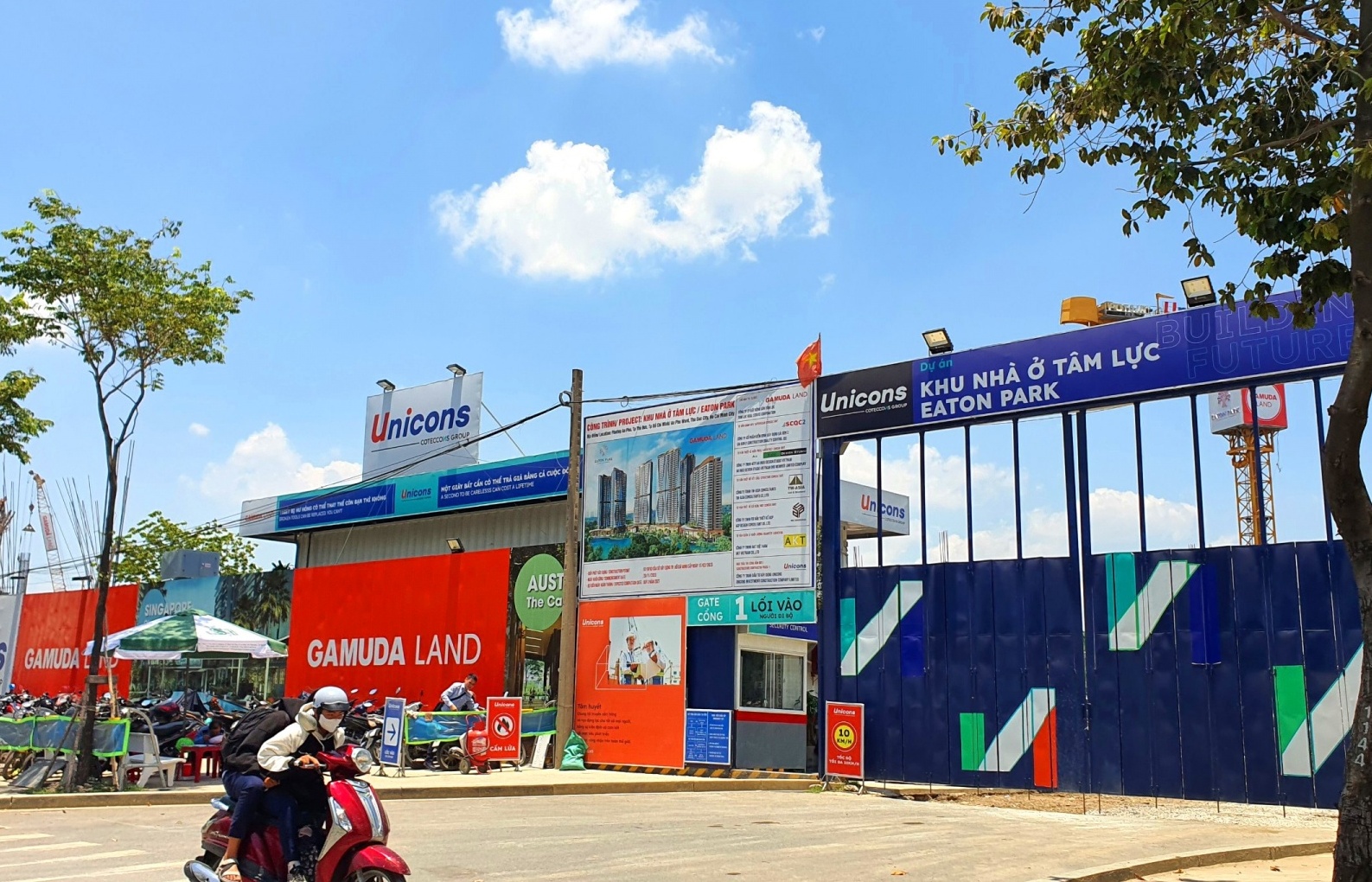



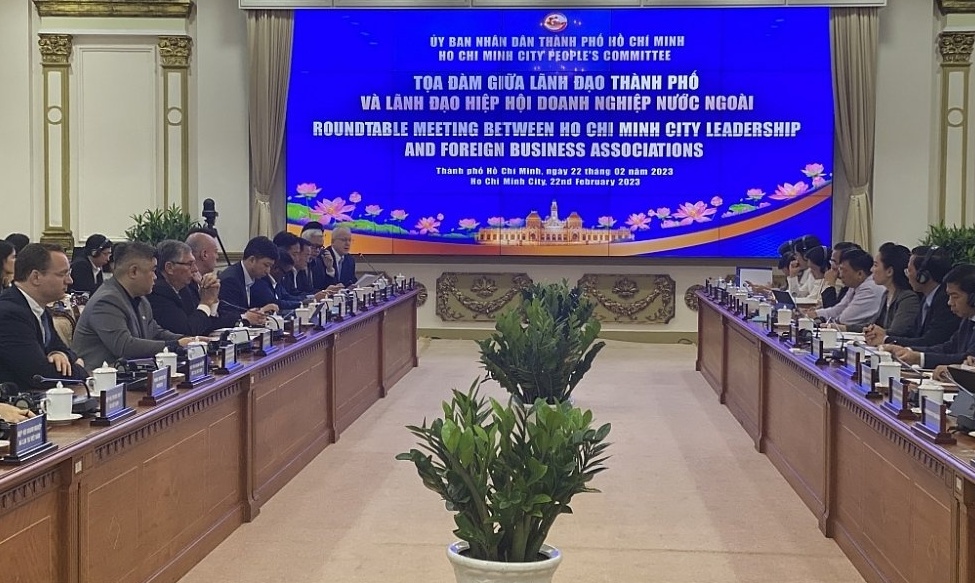
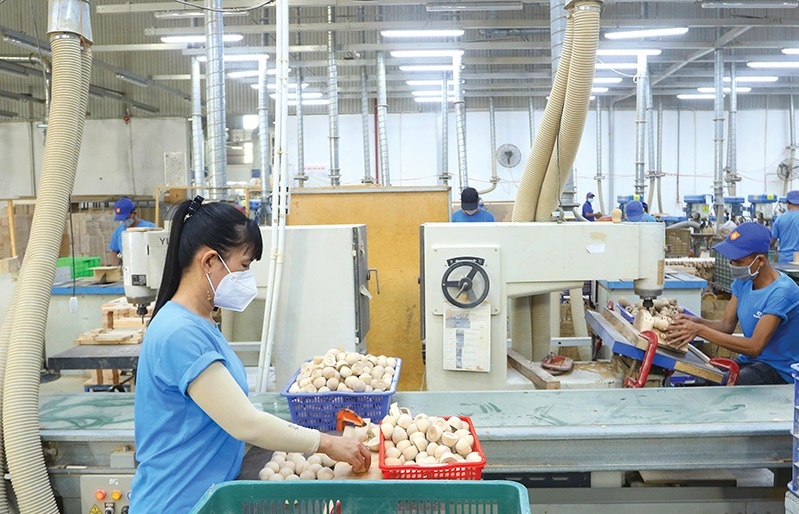




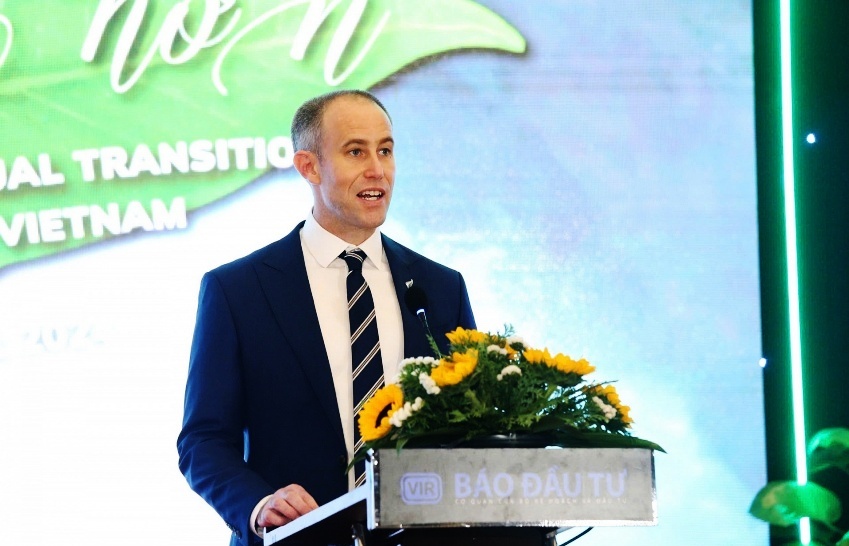




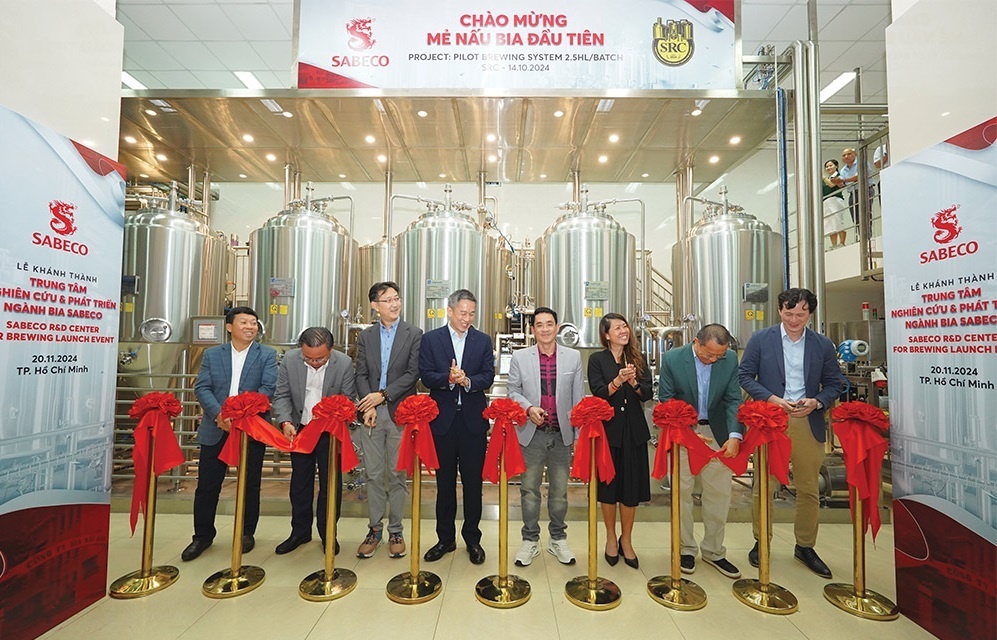






 Mobile Version
Mobile Version